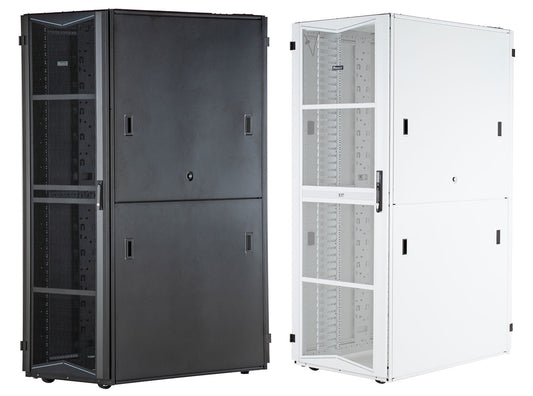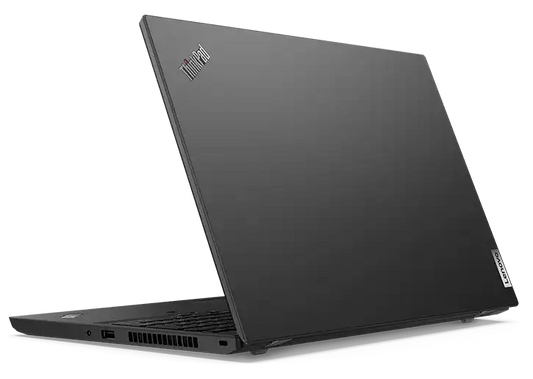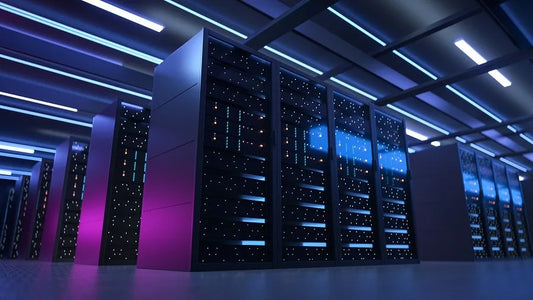Deciphering the World of PDUs: How to Choose the Right One for Your Needs

Power Distribution Units (PDUs) are a critical component in managing and distributing power in various environments, from data centers to commercial settings. However, with several types of PDUs available, each with its specific features and functionalities, choosing the right one can be a complex task. Let’s break down the different types of PDUs and provide guidance on how to select the best one for your specific needs.
Understanding the Types of PDUs
Before delving into the selection process, it’s important to understand the different types of PDUs available:
-
Basic PDUs: These offer simple power distribution without any additional features. They are essentially power strips designed for a data center environment.
-
Metered PDUs: These provide power distribution along with the ability to monitor the total power consumption. This feature helps in managing and allocating energy resources effectively.
-
Monitored PDUs: These PDUs offer remote monitoring of power consumption at the outlet level, providing more detailed insights compared to metered PDUs.
-
Switched PDUs: Switched PDUs allow for both monitoring and remote control of individual outlets. This means you can turn power to specific outlets on or off remotely, which is useful for managing and rebooting connected equipment.
-
Intelligent PDUs: These are the most advanced type, offering power monitoring, outlet control, and various other intelligent features like environmental monitoring.
Choosing the Right PDU
1. Assess Your Power Distribution Needs
- Capacity and Size: Determine the total power load and the number of outlets required. Ensure that the PDU can handle the power capacity needed by your equipment.
- Form Factor: Consider the available space and how the PDU will fit into your setup. Rack-mounted and vertical PDUs are common configurations.
2. Consider Monitoring and Control Capabilities
- Basic Requirements: If you simply need power distribution without any bells and whistles, a basic PDU will suffice.
- Energy Management: For environments where energy usage needs to be tracked and managed, metered or monitored PDUs are more appropriate.
- Remote Management: If you need the ability to remotely control power to individual outlets, consider a switched or intelligent PDU.
3. Evaluate Advanced Features for Future-Proofing
- Scalability: Think about future expansion. Intelligent PDUs can offer scalability and adaptability for growing infrastructures.
- Environmental Monitoring: Some intelligent PDUs come with sensors for temperature and humidity, which can be crucial in maintaining optimal conditions in a data center.
4. Budget Considerations
- Cost vs. Benefit: Weigh the cost of the PDU against the benefits it offers. While intelligent PDUs offer numerous features, they are also more expensive. Ensure the benefits align with your specific needs and budget.
5. Compliance and Safety Standards
- Regulatory Compliance: Check that the PDU meets all relevant safety and regulatory standards.
- Reliability and Quality: Opt for PDUs from reputable manufacturers known for quality and reliability.
Conclusion
Selecting the right PDU involves a careful assessment of your power distribution needs, monitoring and control requirements, budget, and the physical space available. By understanding the different types of PDUs and aligning their features with your specific needs, you can make an informed decision that not only meets your current demands but also accommodates future growth and changes in technology. Remember, the right PDU can significantly enhance the efficiency, management, and scalability of your power distribution infrastructure.



